|
Listen to the episode using the above player or by clicking the link to your preferred podcast platform below:
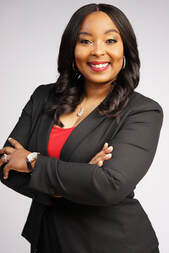
Taryn Givan lives in Texas and holds a Bachelor’s degree in elementary education from the University of Central Arkansas. She also holds a Master’s in Curriculum and Instruction from Texas A&M University and principal certification. She has served 19 years in the K-12 setting as a teacher, assistant principal, and adjunct professor. Now in her 20th year, Taryn is the Founder and CEO of Divergent Educational Consulting LLC as well as an independent educational consultant and service specialist with Better Lesson. She is a proud member of Delta Sigma Theta sorority. She enjoys dancing, reading, writing, listening to music, among other things. One of her greatest accomplishments is being a mother to a beautiful 19 year old and a wife to her husband. Her motivation each day stems from Galatians 6:9. Leader in Me and Campus Leadership Teams explained Leadership is something we can constantly redefine, especially when it comes to our students. The organization called the Leader in Me aims to empower more educators with practices that connect culture, academics, and leadership. They use methods like the 7 habits of highly effective people and social emotional learning to increase student confidence, give students more leadership skills, help school staff feel supported, and drive school achievements. They use Campus Leadership Teams to help carry out these frameworks and methods. Campus Leadership Teams are made up of the campus principal and key school leaders like administrators, counselors, academic support specialists, etc; They are responsible for the development, implementation, and monitoring of the targeted improvement plan, monitoring student performance, and determination of student interventions and support services. Not only do they develop educational policies for the school based on observation, data, and research, but they also make sure that there are resources available to support these changes. Communicating with your team There are benefits to collaborating with other school leaders on campus. When a leadership team brings on people with diverse experiences and identities, everyone in it can learn how certain parts of school policies or their school culture may be fine for that person in the group, but harmful for this other person and some students. The first thing these teams need to do is gather the information they need. These teams can instruct principals on how to listen to students of color and practice more inclusivity. When getting together with the other members in your group, you can do quick check-ins in the form of “huddles” and longer full meetings. Huddles can be done on Monday morning where you and the team huddle up in an open area. Each person goes around the circle going over anything that might’ve come up over the weekend and then announcing some key dates coming up that week. “Our huddles, just standing up in a circle, sometimes I go to my right, sometimes I go to my left, and we will go around—big rocks for the week, this is what I need from you, etc, all hearts clear, hands in the middle, go!” Make all children feel seen and heard Oftentimes, adults in school will only see children as an extension of the communities they come from. Taryn notes how teachers may look at a child and be unfair with how they measure their potential and gifts. School leaders need to do more to ensure that not only are students from all backgrounds accepted, but they are allowed to be whoever they want to. Kids are beyond capable when it comes to shared decision making! They know what they like, what’s interfering with their education, and what might be better. They have the potential to contribute amazing ideas about representation and diversity in schools whether they’re in elementary school or high school. Everyone can offer different perspectives because all our experiences are so unique. It’s all about bringing something new to the table. So if you want to make sure your Campus Leadership Team gets the right results, part of the information gathering should be getting direct feedback from students. “I think that if you want to learn how to best meet their needs, we have to involve the kids...In order for us to really have a mindset shift, we're going to have to make sure that we're bringing children to the table and giving them an opportunity to really share with us.” One of the methods that Leader in Me uses is the seven habits of highly effective people. You may have heard these habits in other contexts, but it is something that can be implemented in a school too. The seven habits are being proactive, beginning with the end in mind, put first things first, think win-win, seek first to understand then to be understood, synergize, and sharpen the saw. But keep in mind that it’s not enough to just have these habits live on a poster on a wall, they need to become part of the school culture. In meetings, use the same language that’s part of the Leader in Me program. If you want to be a school who practices the Leader in Me ways, you need to bring in the actual coaches from the organization so they can properly implement the curriculum and the culture. Be sure to do your own research going into this as well. It takes a commitment to get to those goals but it is so worth it! To continue the conversation, you can head over to our Time for Teachership Facebook group and join our community of educational visionaries. Until next time leaders, continue to think big, act brave, and be your best self.
0 Comments
Listen to the episode using the above player or by clicking the link to your preferred podcast platform below:
In this episode, we are talking about look fors, co-constructing them with teachers, and how you can make them clear for your students. An important part of creating effective professional development is setting clear expectations. Look fors help establish standards for high quality ideas in the classroom and close the gap between learning what to do and actually doing it. A look for is a clear statement that explains an observable teaching or learning behavior, strategy, outcome, product, or procedure. Observers have a list of look fors to watch for when they visit a classroom or examine student work. Teachers can reflect on look fors to compare their teaching practices to current standards, explain what they learn through professional development, and be able to make their own descriptions for practices in their classroom. School and district leaders can use look fors to define standards for all classrooms, identify improvements that could be made, and unify a school around a common goal or practice. But something that breaks away from the traditional style of observation look fors is co-constructing them with teachers. The Danielson rubric is a good example of the traditional look fors for assessing a teacher's performance. The only issue is that it doesn’t get clear on what the look fors are or emphasize collaboration with teachers. “Ideally, we actually want to co-construct these look fors with teachers, so that it's a collaborative effort. We are sharing in the process of determining what a great class looks like, sounds like, feels like, to be a part of.” It is beneficial to give teachers a say in the creation of these look for lists because it makes them feel more personally connected to the process. When they take ownership it is much more motivating than if the observer were to do the planning on their own. In the Danielson rubric, there are four domains. Those are:
Rubric three (instruction) is what we’re going to focus on for right now. In this domain, there are several components. Those components tell observers how well teachers are communicating with students, questioning and discussing techniques, engaging students in learning, using assessment in instruction, and finally, demonstrating flexibility and responsiveness. The language used in the rubric grading from lowest to highest is unsatisfactory, basic, proficient, and distinguished. Frankly, I don’t quite see the point in actually giving attention to those lower three ratings. It’s harmful to teachers and students to set standards that are getting some to strive for proficient or even basic as opposed to everyone aiming for distinguished. The criteria needed to get distinguished in the first component are as follows:
Here’s how I would co-construct those look fors:
Feel free to use these as examples as you co-construct your own look fors. “I think we inspire a lot of people when we just show them what's possible. When we create from research, from this base of well documented Danielson rubric pieces, we can innovate from there; we don't need to stay there, right, we can push toward a more student-centered model of look fors. We can push to co-create with teachers and not just leave this as something that every school is going to adopt when it's potentially not that clear.” For more support on instructional coaching and more PD for teaching and leading, you can subscribe to my Micro Course Library here. To continue the conversation, you can head over to our Time for Teachership Facebook group and join our community of educational visionaries. Until next time leaders, continue to think big, act brave, and be your best self. 
Listen to the episode using the above player or by clicking the link to your preferred podcast platform below:
Lejla Bilal Maley currently works as a manager of product at McGraw Hill International. She is also a co-founder and consultant at Transform·Ed Collaborative. She has seven years of ESL and foreign language teaching experience in the K-12 and Higher Education setting, including The Ohio State University in Columbus, Ohio, where she resides. She holds a Bachelor’s in Linguistics, a Master’s in Applied Linguistics and TESOL and a Ph.D. in Leadership and Change. Her research focus is on global virtual teams (GVTs) and the experience of teaming at a distance. She regularly presents at international conferences on education leadership, global virtual teaming, and team science. Her publications include topics such as professional learning communities, adaptive leadership, and team science. She is the Past President of the Ohio TESOL (Teachers of English to Speakers of Other Languages). Her hobbies include walks and hikes with Skywalker, her pup, listening to podcasts, and traveling with friends and family. Adaptive leadership is necessary when addressing long-standing challenges that have no easy solution. This often typically involves a leader working together with their school community to find solutions to such challenges. As a group, so much can be accomplished such as eliminating practices, policies, or norms that do not stand to benefit everyone within the group or setting. Adaptive leadership asks us to identify our own biases and inequitable practices first because the inner work enables change on a larger scale. Adaptive leaders are always open to feedback, even if it’s critical. They show that they’re willing to make students, teachers, and faculty feel heard and given fair opportunities. This model is a way to stop going after buy-in from stakeholders. It is more effective and takes some of the pressure off of your shoulders as a school leader. You’re more likely to get ideas and solutions from others that you hadn’t thought of before. It also shows that you aren’t simply doing what you think is best for everyone else but actually doing what others say is more equitable. Stakeholders feel valued when you create space at the table for everyone. As a result, schools actually make better decisions than when leaders try to make important decisions on their own. “So really it's engaging in a collective process of identifying value that others bring, once you can understand that within yourself. And then two, I think it's the need to invite stakeholders across many different aisles to take part in the work that's identified. Once we can lay down our egos, our experience, our authority, anything that creates power, and this distance of expertise, then we can have a real conversation about what truly are the challenges we're facing here and what sort of learning is required to even tackle these challenges.” A 2016 Center on Education Policy (CEP) study found that nearly half of teachers who surveyed reported that their input is not considered in school-wide decisions and that they feel frustrated and excluded. As leaders, we know we can do much better than these numbers. It’s easy to say “It’s those other schools; my school wouldn’t reflect that.” But the truth is, we only see what we want to see. We don’t get to hear and see everything that happens in the daily setting of teachers and faculty. We can’t assume that everyone’s happy and benefitting from the things in place. It’s good to want better. There’s always room for progress in this work. Adaptive leadership teaches us that we have to take some ownership of problems that arise so that we can collectively problem solve with those that are being affected. Incorporating adaptive leadership goes hand in hand with bringing in more social justice. To promote justice, there needs to be more self-awareness. When thinking about decisions that affect the people within your school, ask yourself, who is benefitting from these things and who is not? How can I distribute some of the power that’s on my shoulders to students, teachers, and faculty? Change this significant doesn’t have to be scary. Change can be empowering! Here are Dr. Bilal's recommendations for engaging in adaptive leadership:
To continue the conversation, you can head over to our Time for Teachership Facebook group and join our community of educational visionaries. Until next time leaders, continue to think big, act brave, and be your best self.
Listen to the episode using the above player or by clicking the link to your preferred podcast platform below:
Today, we’re examining the GROW Model lesson from my new micro course library. The library is filled with short but impactful video lessons that you can use as personalized PD for yourself and your teachers! Breaking Down the G.R.O.W. Model The GROW Model stands for goal, reality, options, and what you’ll do next. This model is used to structure effective instructional coaching conversations. There are four stages of this model. The first is to determine what the teacher’s idea of success is for their classroom. What would they like to be able to do or achieve after the coaching session? How does embodying this goal feel to students? Knowing this goal allows us to keep on the right track and ensures that we’re centered in the teacher’s vision. You can enhance this first stage with using a rubric and making the goals S.M.A.R.T.I.E. (Specific, Measurable, Attainable, Relevant, Time-Bound, Inclusive, and Equitable). “We [might] say the end goal is for students to be able to write these narratives and we have the teacher describe what that all will look like, sound like, feel like for students.” Reality phase The next phase is Reality. In this part I ask the teacher to think about a range of things such as: What’s going on in your class right now? What have you been working on? What are the challenges you’re facing? These give you, as the coach, an idea of what the teacher's current reality is and what kind of things the students are experiencing in the class. It’s important to establish this because we can’t make or measure progress without first marking where we start. Options Phase Then we move on to what our options are when moving forward. Here you want to open up to any ideas on how to work through these roadblocks that have been identified. Don’t limit the possibilities! Encourage teachers to share anything that they've always wanted to try. Of course, if teachers are struggling to come up with anything, that’s okay too. When this happens, I like to suggest coaches create an online document where you can store new strategy ideas anytime you come across one in your day. When you think of all the podcasts you listen to, all the meetings, things we’ve seen others try, recent PD, etc. there are lots of places to collect new teaching strategies. “If, in the moment, you take a glance at your doc and you don’t have anything, I think it’s really important to identify a website or resource hub of some sort, that you can go to during a coaching call so that you can bring it up on the laptop together and just browse through what’s available.” After you’ve gone through the options together and listed them out, you can decide which one you want to try for now. Lastly, what’s next? Now it’s time to take action. Come up with one to three next steps that you will work on before the next coaching session. I find it to be super important to assess where we’re at during each new session. For example, I’ll say things like “Last time we met, you said, in the W phase, you were going to do this next. Did we achieve that goal? Can we move on to a new goal or do we have to revisit that goal?” Now that you’ve learned all about the GROW model, I want you to create a coaching log that you will share with your teachers while coaching. This could be a single Google doc with a table that’s split into four sections for each stage of the model. Make sure to include key questions that the teacher is going to answer. I hope you were inspired by this behind the scenes look at one of my micro course library trainings. If you want to start learning all the best strategies that’ll help you feel more confident, increase equity, and save you time, then click HERE to see what you’ll unlock in my Micro Course Library. To continue the conversation, you can head over to our Time for Teachership Facebook group and join our community of educational visionaries. Until next time leaders, continue to think big, act brave, and be your best self. 
Listen to the episode using the above player or by clicking the link to your preferred podcast platform below:
Sheldon L. Eakins, Ph.D. is the Founder of the Leading Equity Center and host of the Leading Equity Podcast. With over 11 years in education, he has served as a teacher, principal, and Director of Special Education. Dr. Eakins has a passion for helping educators accomplish equitable practices in their schools. He has earned a B.S. degree in Social Science Education, an M.S. degree in Educational Leadership, and a Ph.D. in K-12 Education. Right now, the need for equity training at schools is is in high demand. According to Dr. Eakins, the goal is for school members to get all the tools they need to take charge of their own social justice efforts. This is an important shift for them to make because when an outside trainer is coming in once a month, the participants are expecting the trainer to tell them what to do. But in order for the trainings to be long lasting, the participants have to learn to hold themselves accountable when there is no trainer. During all the days that teachers and staff are on their own with students, they shouldn’t be afraid to have tough conversations and make bold decisions. Dr. Eakins followed with, “I'm not going to change your life within an hour, 90 minutes, two hours, three hours..That's work that you have to do on your own. They need to see that comes from leadership as well.” In order to be successful in leading for justice, it takes changing your mind, admitting your previous understanding of issues like racism and inequality were too narrow, or recognizing that you have privilege. Mindset work is not easy, but it’s the only way forward. We could all be more self aware of our behaviors and take the time to analyze why we think the way we do. Dr. Eakins emphasizes how moving school to online doesn’t change the equity issues that were already there before. Countless times, he’s heard the same thing: “I don’t need this because I make sure all students are treated the same or equally.” That explanation in itself shows that they are more focused on equality and not equity. Another misconception that comes up is that white teachers don’t think that it’s their problem. They think whatever affects Black, Latinx, or Indigenous people should be handled or discussed by that group. Dr. Eakins shared one example of when this came up with a teacher. He said, “I remember having a conversation with a teacher. That was teaching their students about blackface and there was like one student black student in the class. And the teacher pointed at the student and said well your people find this offensive. And I said well, as a teacher, I would think you would find it offensive as well. Like, this is not Black people’s problem. We're not putting paint on our face to look dark skinned, like, these are things that white people are doing. So I would hope that you would be offended that some of your peers might be doing these things, or have done these things in the past, as opposed to passing this off as “this is someone else’s issue."” It is challenging but necessary work to critically self-reflect. It is challenging but necessary work to lead change in our schools and teach for justice and equity. Teachers and leaders who are "willing to put their jobs on the line" as Dr. Eakins says, are needed to bring about change in our schools and communities! Let's challenge each other to name injustices, take bold action, engage in challenging conversations, and question traditional ways of "doing school" so that we can all have a brighter tomorrow. To continue the conversation, you can head over to our Time for Teachership Facebook group and join our community of educational visionaries. Until next time leaders, continue to think big, act brave, and be your best self. |
Details
For transcripts of episodes (and the option to search for terms in transcripts), click here!
Time for Teachership is now a proud member of the...AuthorLindsay Lyons (she/her) is an educational justice coach who works with teachers and school leaders to inspire educational innovation for racial and gender justice, design curricula grounded in student voice, and build capacity for shared leadership. Lindsay taught in NYC public schools, holds a PhD in Leadership and Change, and is the founder of the educational blog and podcast, Time for Teachership. Archives
May 2024
Categories |







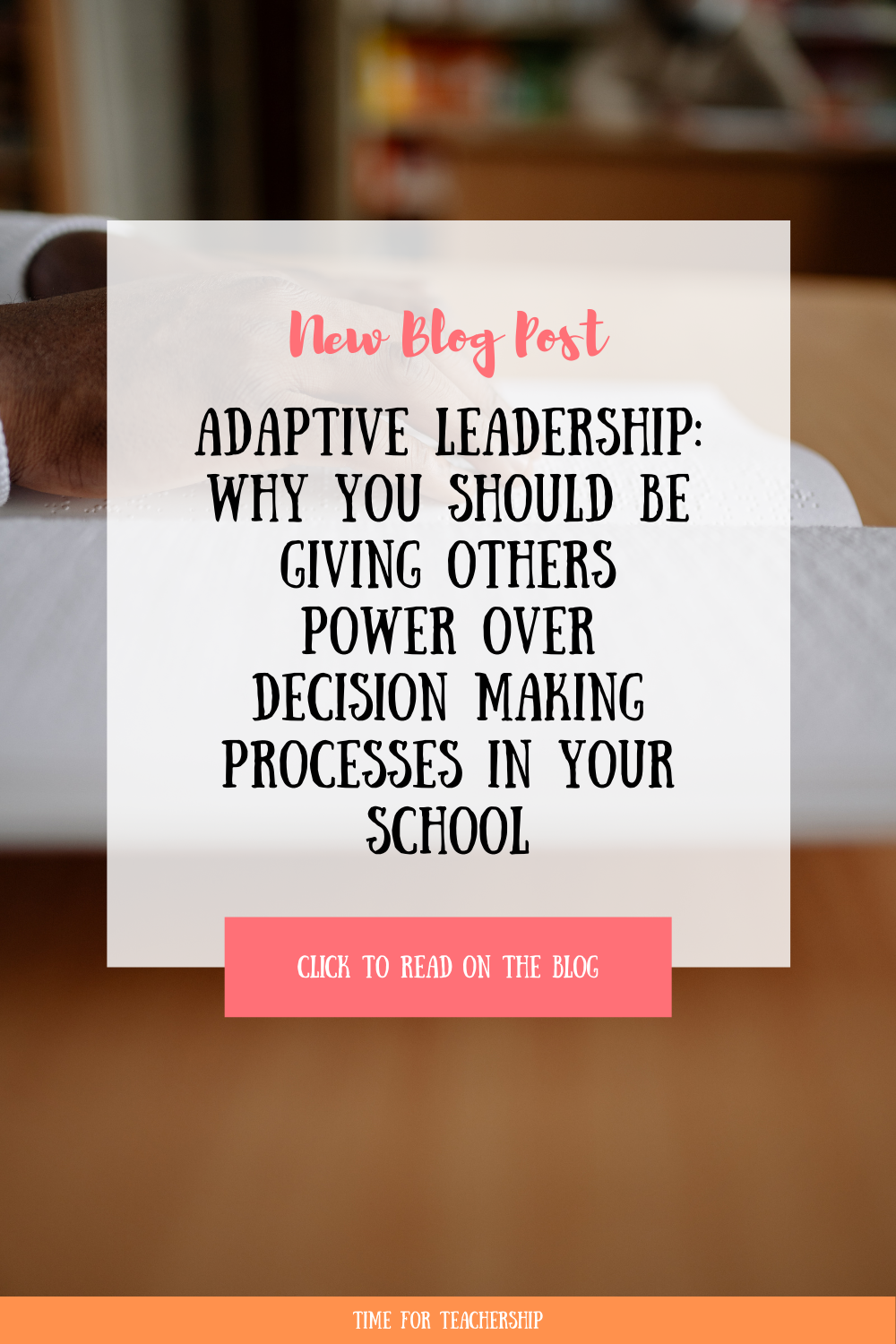
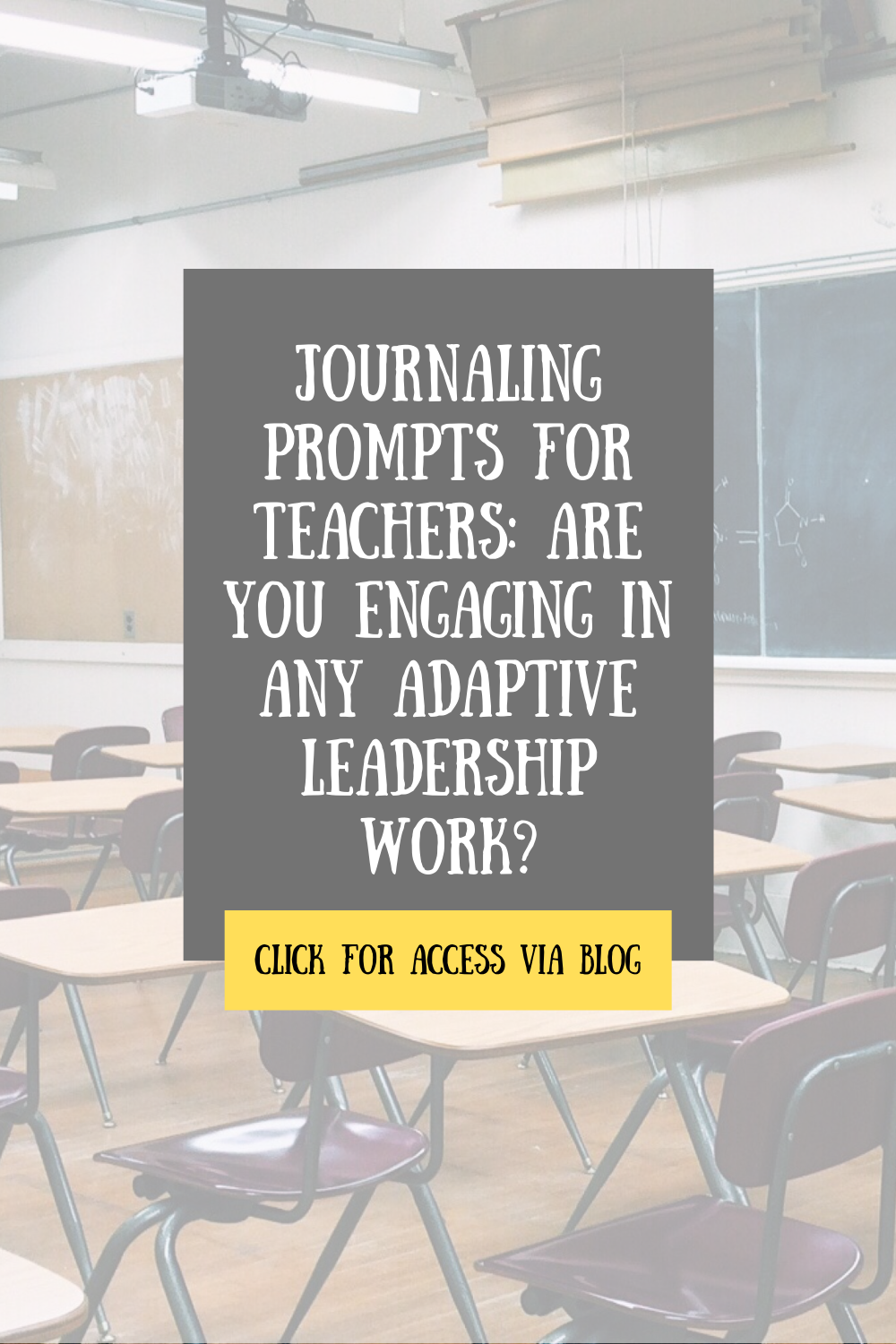

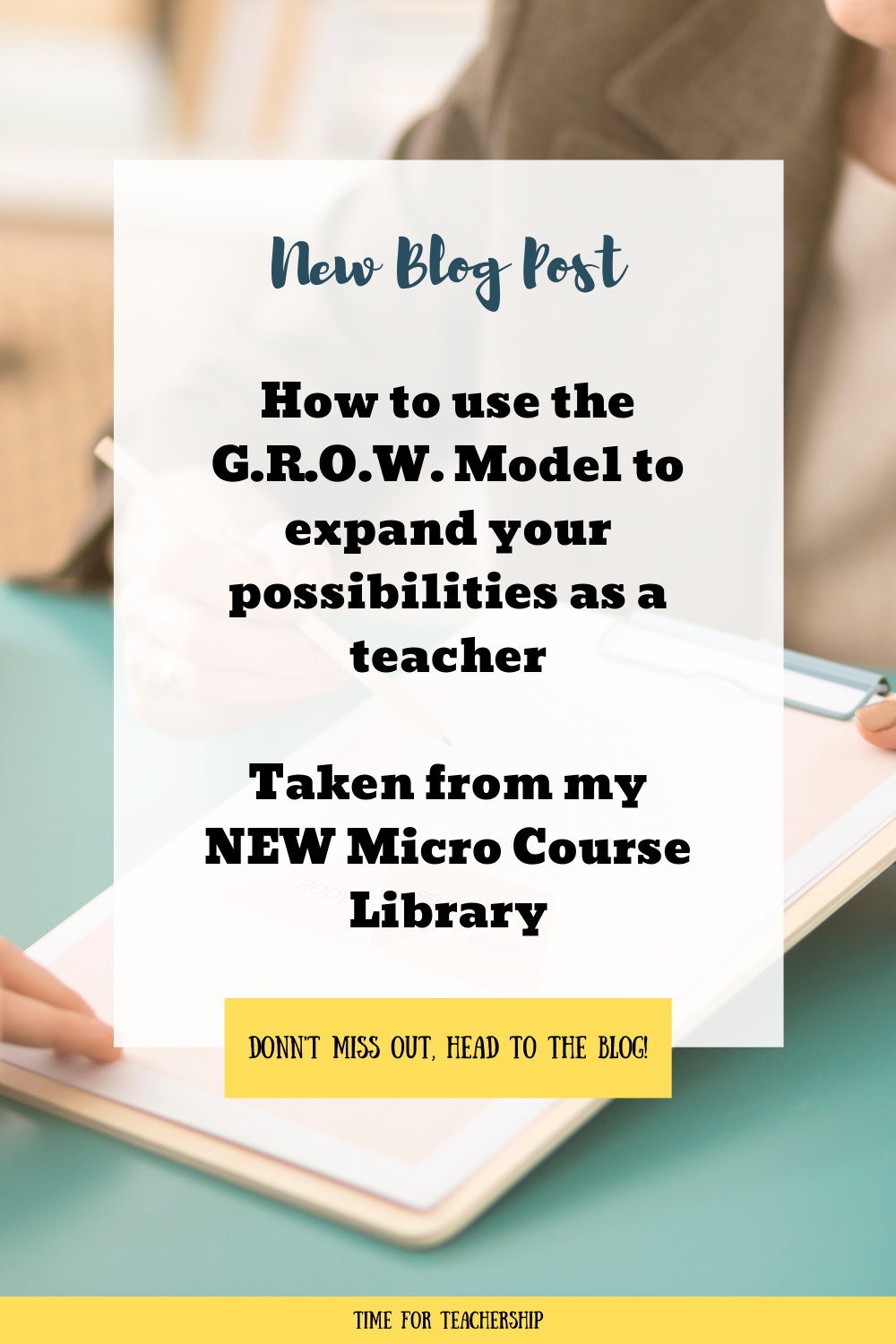

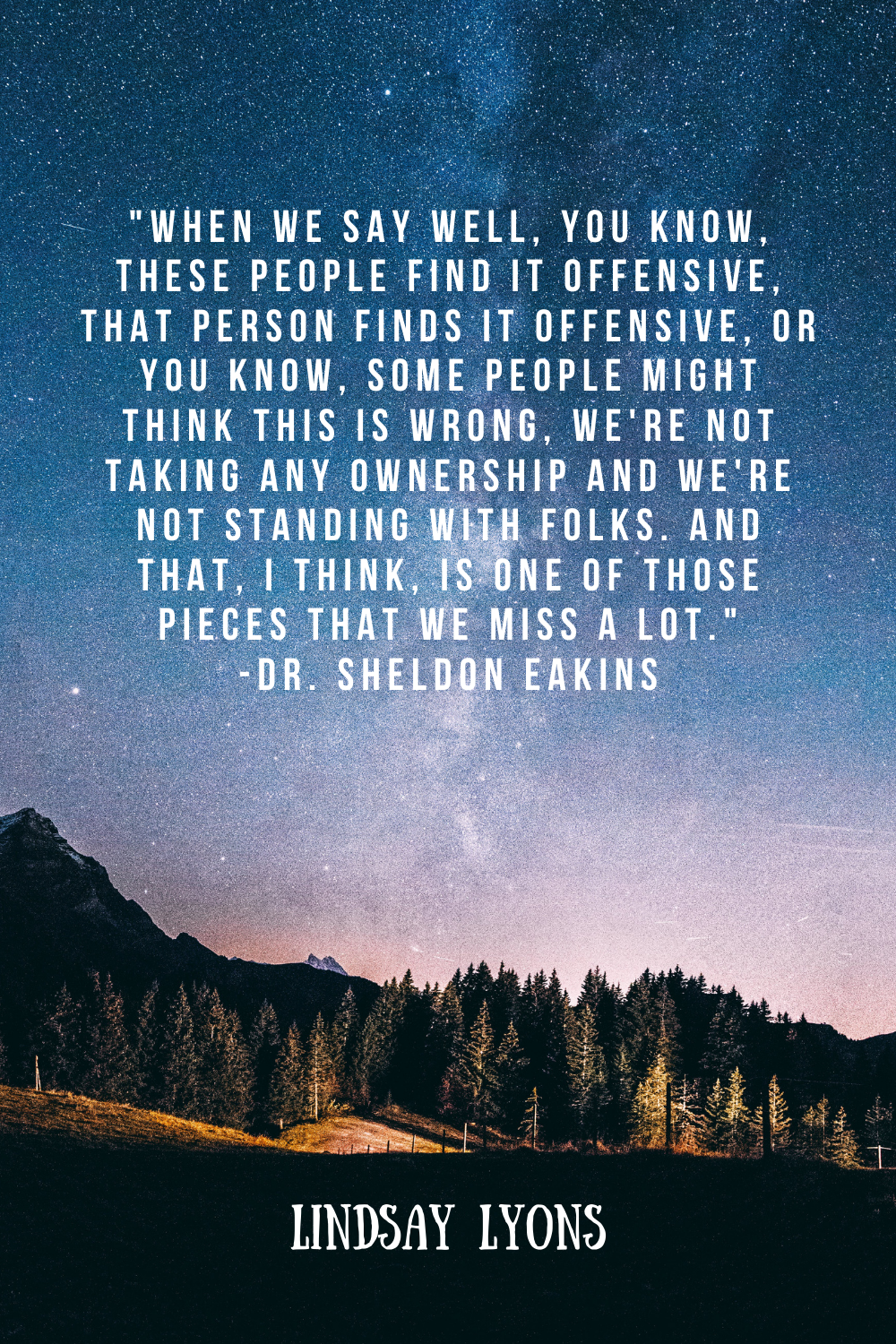



 RSS Feed
RSS Feed